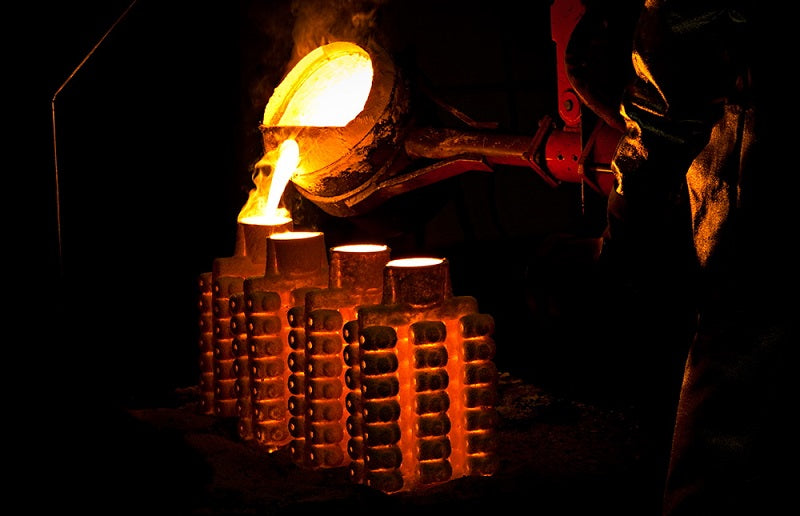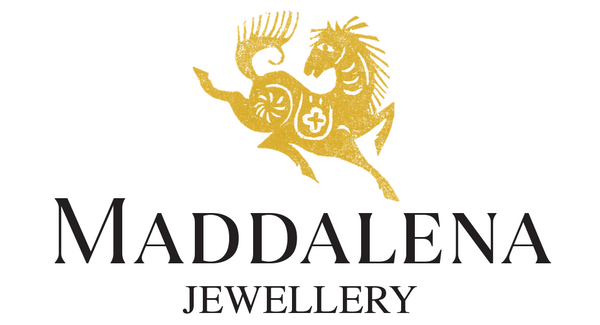
The Lost-Wax Casting Process
Share
Lost-wax casting, also known as cire perdue (French for "lost wax"), is an ancient metal casting technique used to create detailed sculptures and jewelry. The method dates back over 6,000 years, with evidence of its use found in civilizations like the Indus Valley, Egypt, and ancient Greece. The process, whether for intricate jewelry or large bronze statues, is a multi-step procedure that requires careful attention to detail.
The Lost-Wax Casting Process
The lost-wax casting process involves several key stages:
-
Model-Making: The artist begins by creating a detailed model of the desired object out of wax. This wax is often a blend of beeswax, resins, or other waxes that are soft enough to carve but strong enough to hold their shape. Modern techniques may use 3D-printed patterns.
-
Spruing: Thin wax rods, called sprues, are attached to the wax model. These sprues create channels that will later allow molten metal to flow into the mold and trapped air to escape. A "tree-like" structure is often created by attaching multiple wax patterns to a central sprue.
-
Investment: The entire wax assembly is then coated in a heat-resistant material, known as "investment." This is traditionally a clay or plaster mixture, but today includes modern slurries of silica. The investment material is applied in layers, and each layer is allowed to dry, creating a strong, durable mold.
-
Burnout: The hardened mold is placed in a kiln and heated to a very high temperature. During this "burnout" phase, the wax melts and drains out through the sprues, leaving a hollow cavity that is a perfect negative of the original wax model. This is where the "lost-wax" name originates.
-
Pouring: Molten metal (such as gold, silver, bronze, or brass) is then carefully poured into the hot mold, filling the cavity left by the wax. The mold is then left to cool and the metal to solidify.
-
Finishing: Once the metal has cooled, the investment mold is broken away to reveal the rough metal casting. The sprues are cut off, and the piece is cleaned, filed, sanded, and polished to achieve the final desired finish.
References
Allchin, F. R. (2025). Indus civilization. Encyclopedia Britannica. https://www.britannica.com/topic/Indus-civilization
Edwards, K. (1975). Lost wax casting of jewelry. Regnery.
The Museum of Modern Art. (2024, May 15). The lost wax casting process. https://www.moma.org/learn/moma_learning/the-lost-wax-casting-process/
The video shows an overview of the lost-wax casting process for jewelry, from creating the wax model to the final polishing.
